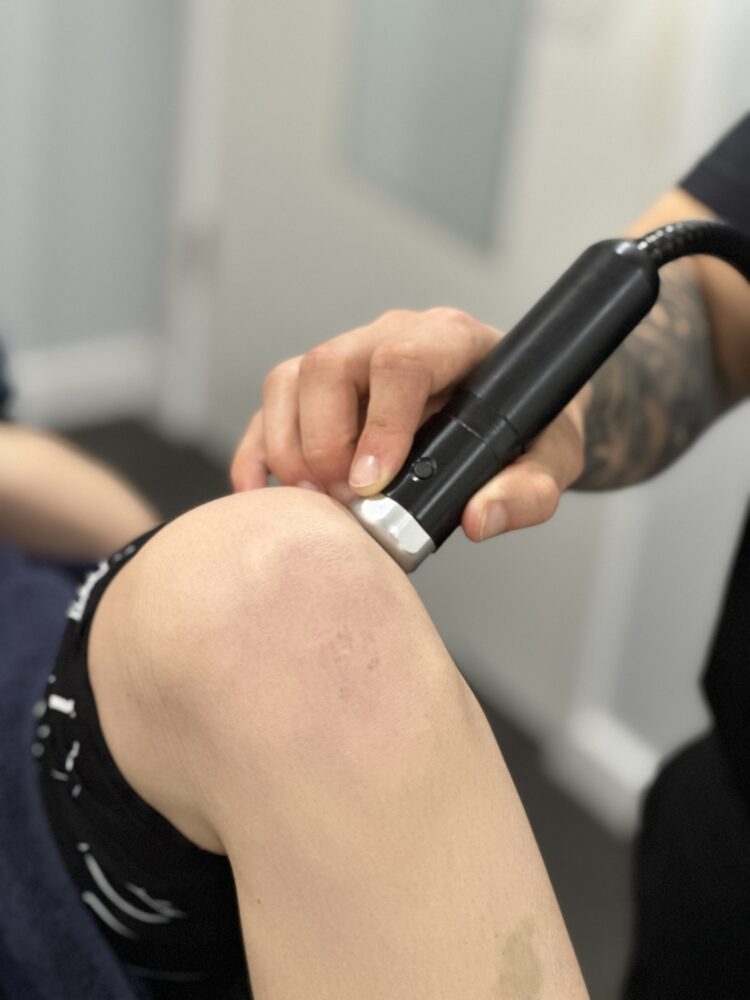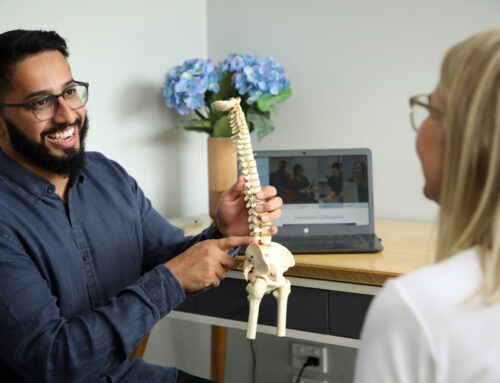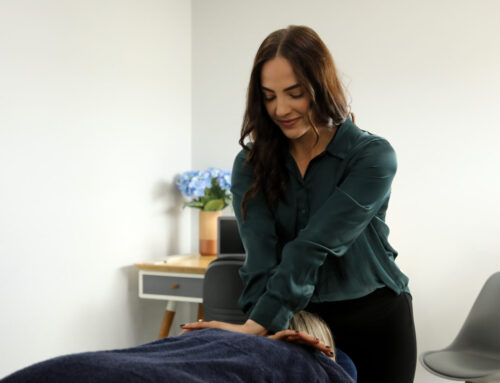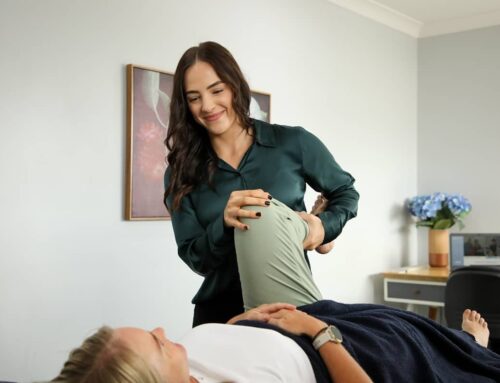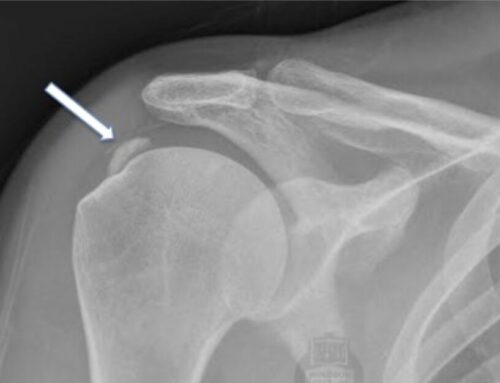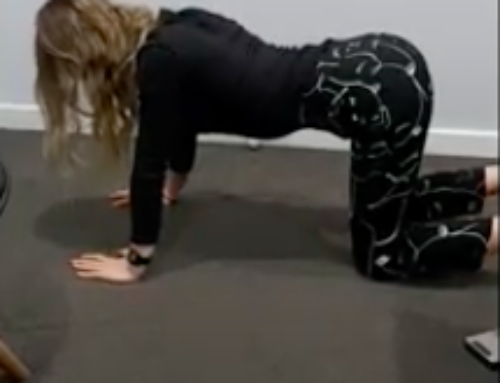Both Osgood-Schlatter Disease (OSD) and Sinding-Larsen-Johansson Syndrome (SLJ) are common causes of knee pain in adolescents, often associated with physical activity. Despite their similarities, these conditions have distinct differences in their locations, causes, and management strategies.
Osgood-Schlatter Disease (OSD)
Age of Onset:
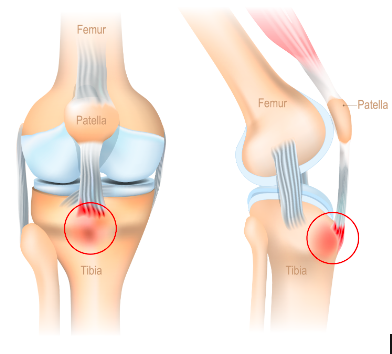
OSD knee
OSD typically affects children and adolescents aged 9 to 16, coinciding with their growth spurts.
Causes:
The primary cause of OSD is repetitive stress and overuse of the knee joint, particularly from activities involving running, jumping, and rapid changes in direction. These activities can lead to inflammation at the tibial tuberosity, where the patellar tendon attaches to the shinbone.
Signs and Symptoms:
- Pain: Localized just below the kneecap, worsening with physical activity.
- Swelling: At the tibial tuberosity.
- Tenderness: When pressing on the affected area.
- Bony Lump: Sometimes a visible lump at the site of pain due to bone growth.
Management:
- Rest: Reducing or stopping activities that trigger pain.
- Ice: Applying ice packs to reduce swelling.
- NSAIDs: For pain and inflammation.
- Stretching and Strengthening: Exercises for quadriceps and hamstrings to alleviate tension.
- Osteopathy: Techniques to improve joint function and reduce muscle tension. We also have state of the art treatment options like dry needling, shockwave therapy and hjgh-powered laser therapy.
- Bracing or Padding: Protecting the knee during activities.
Sinding-Larsen-Johansson Syndrome (SLJ)
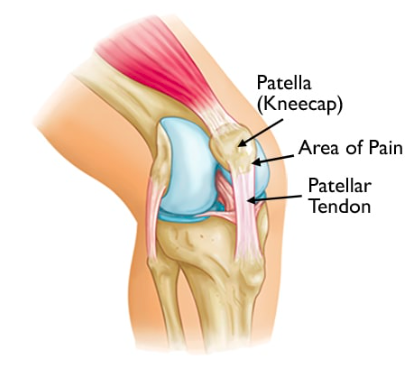
SLJ knee
Age of Onset:
SLJ generally affects younger adolescents, typically between the ages of 10 and 14.
Causes:
Similar to OSD, SLJ is caused by repetitive stress on the knee, but the inflammation occurs at the inferior pole of the patella (kneecap), where the patellar tendon attaches.
Signs and Symptoms:
- Pain: Located at the bottom of the kneecap, especially during and after physical activities.
- Swelling: At the inferior pole of the patella.
- Tenderness: When touching the bottom of the kneecap.
- Reduced Range of Motion: In the knee joint due to pain.
Management:
- Rest and Ice: To reduce pain and swelling.
- NSAIDs: For managing pain and inflammation.
- Physical Therapy: Focusing on stretching and strengthening the quadriceps and surrounding muscles.
- Osteopathy: Manual therapy to improve joint function and relieve muscle tension. We also have state of the art treatment options like dry needling, shockwave therapy and hjgh-powered laser therapy.
- Activity Modification: Limiting activities that exacerbate symptoms.
- Taping or Bracing: To support the patella and reduce strain.
Key Differences:
| OSD | SLJ | |
| Location | Tibial Tuberosity – below knee | Inferior pole of patella |
| Age Group | 9-16 | 10-14 |
| Pain Symptoms | Below the knee | Bottom of the kneecap |
From the above information, there is still some cross over between the 2 conditions so that’s where a professional opinion is vital. As Osteopaths we are highly skilled in orthopaedic diagnoses. Once a specific diagnosis has been confirmed, we will create an individualised treatment plan to start the recovery process. This will mean less time for your child sitting on the bench and will have them back on the field or court sooner.
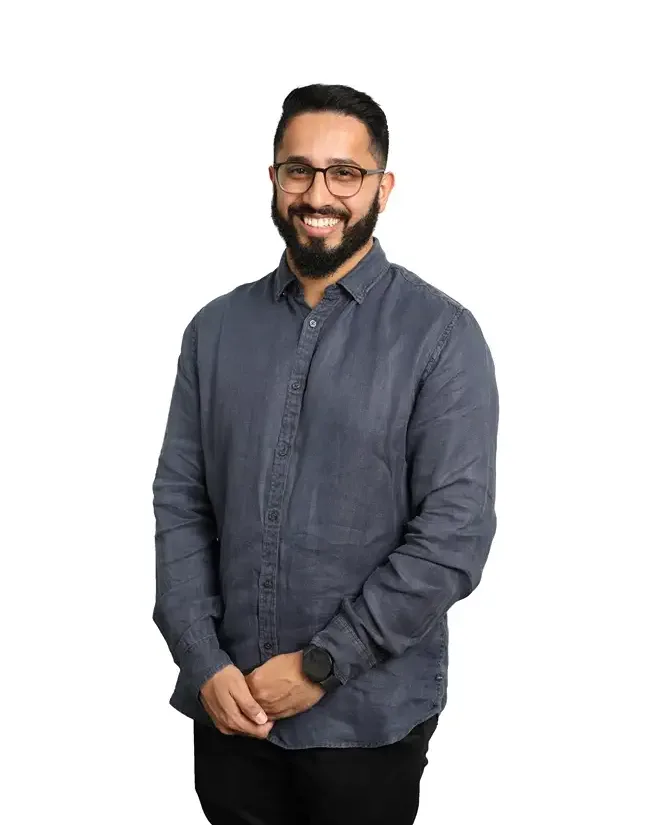
Image References:
https://orthosurgeon.co.za/knee-overuse-injuries-in-children/
https://www.drandrewmorris.com.au/article/osgood-schlatter-disease
